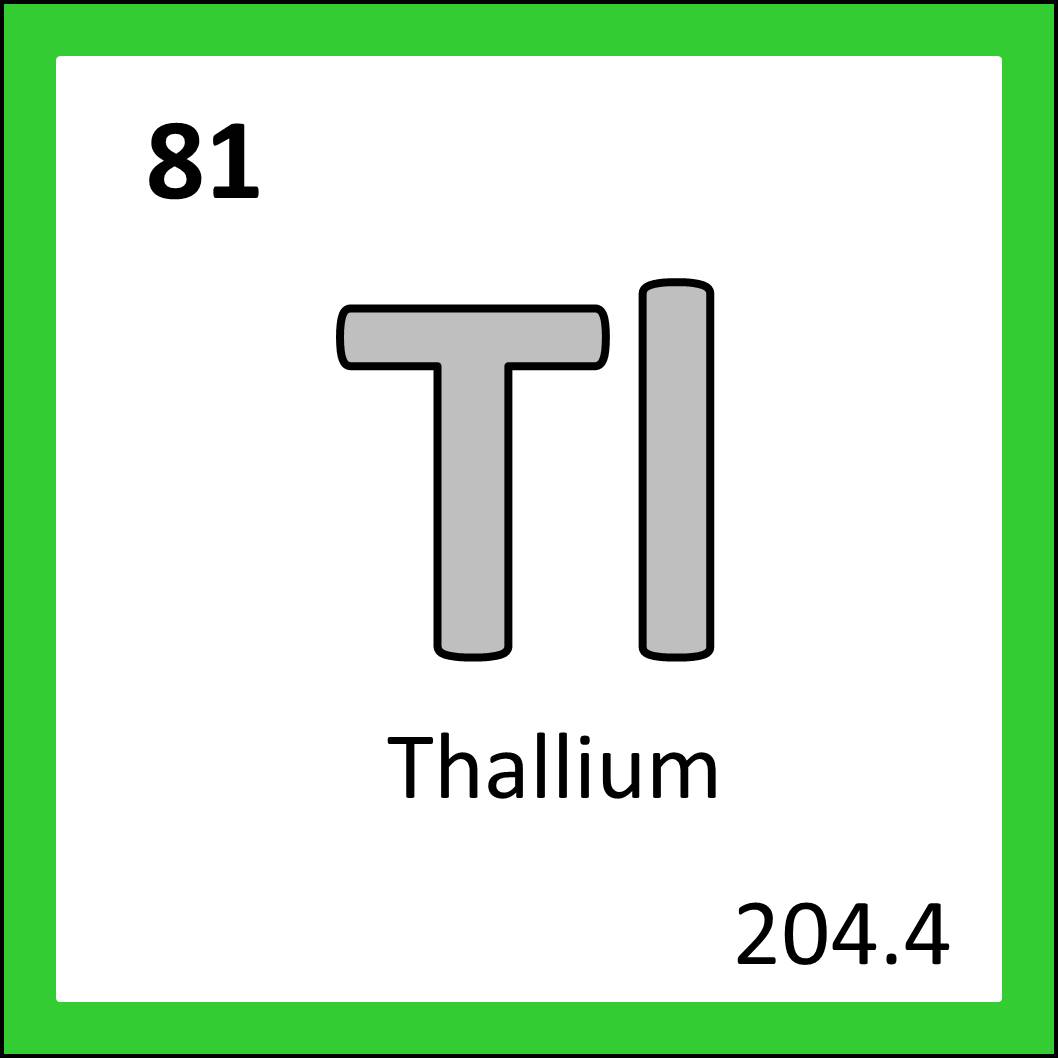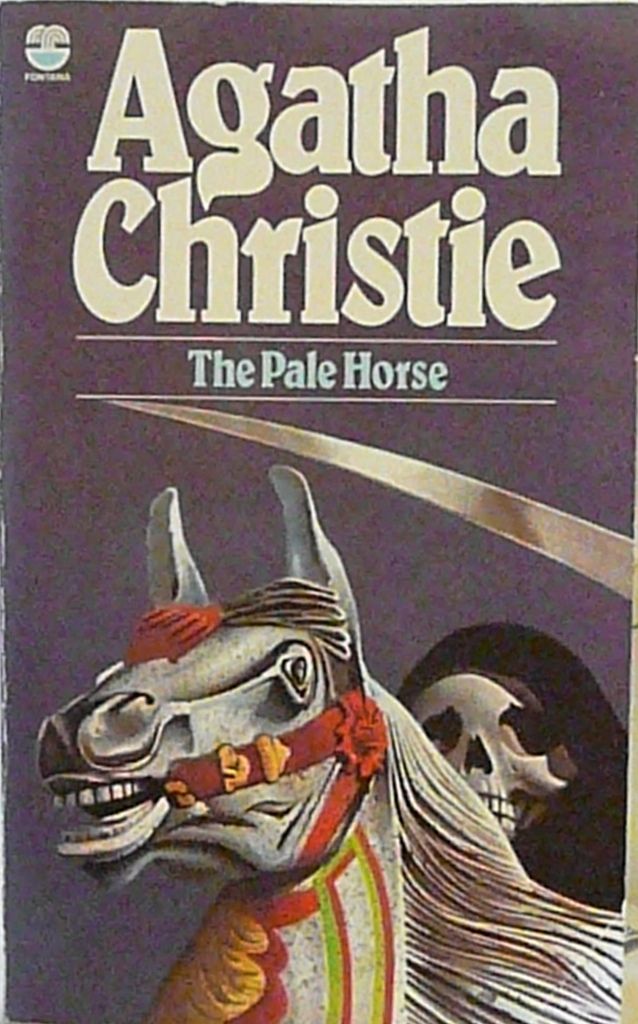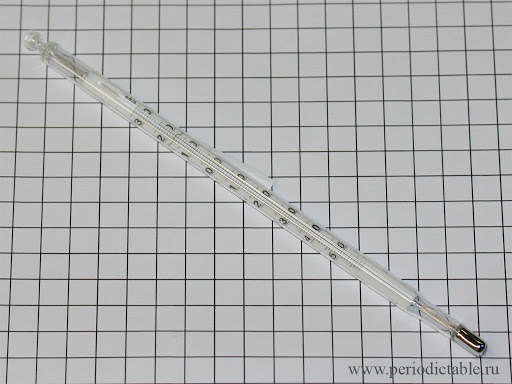


Clockwise from top: some bits of thallium in a glass vial (from Wikimedia Commons), some nice green shoots (from Pxfuel), thallium as it appears on the periodic table.
Thallium is an element with a lot of partners. It is named after the colour green (from the Greek θαλλός, “green shoot”) just like praseodymium, it has been called “inheritance powder” in the past just like arsenic, and it even sounds confusingly similar to thulium. But I assure you, thallium is also an element in its own right.
Also similarly to other elements, thallium was discovered independently by two scientists, and controversy ensued! The first to find thallium was arguably Brit William Crookes, who used excellent 19th century element discovering device the spectroscope to inspect some impurities in a sulfuric acid container at a factory in Germany, and found novel green light being given off at a unique wavelength. Although Crookes publicised his findings in 1861, he didn’t go much further into characterising the new element, which is where French chemist Claude-Auguste Lamy comes in. Lamy also managed to find that green light from a spectroscopic analysis of a different sulphuric acid production plant, and even though he discovered this a year after Crookes, Lamy went on to isolate an entire ingot of thallium, and got an award for the discovery at the 1862 International Exhibition. Crookes complained, and then secured a medal for himself too.


The rival discoverers of thallium: William Crookes (left, from Wikimedia Commons) and Claude-Auguste Lamy (right, from chimie.ens.fr through Wikimedia Commons).
One of the more common older uses for thallium was as a poison. Thallium salts like thallium sulphate are highly toxic (½ gram is considered a lethal dose), non-specific (aka they can kill a lot of things indiscriminately) and rather worryingly tasteless. The thallium in these poisons is an ion of a single positive charge (+1), and therefore tricks the body into thinking it is similar to the essential potassium and sodium ions, and therefore can mess with a whole load of metabolic functions like water passing into and out of cells, heart and neuron function, and respiration. The classic use of thallium sulphate was as a rat poison (although it is banned in many Western World countries now), but there are cases in history where the tasteless poison has been used for murder, earning it the same “inheritance powder” title as arsenic. In Agatha Christie’s The Pale Horse (spoilers), thallium compounds are found to be the weapon of choice of the murderer, rather than black magic.

Thallium has some slightly more pleasant uses, although its toxicity has limited these a bit. Thallium sulphide can change its conductivity of electricity when exposed to infrared light, resulting in its use in electronics as light and infrared light detectors. Thallium is also used in solar panels too due to this interesting property.
Thallium can also modify the melting temperature of mercury! Having an alloy of 92% mercury and 8% thallium makes the metal have a melting point of around -60°C, about 20°C lower than just mercury. This means that low temperature thermometers and sensors can be produced with this liquid alloy.

And that’s thallium- a highly toxic, melty and infrared-sensitive element!
